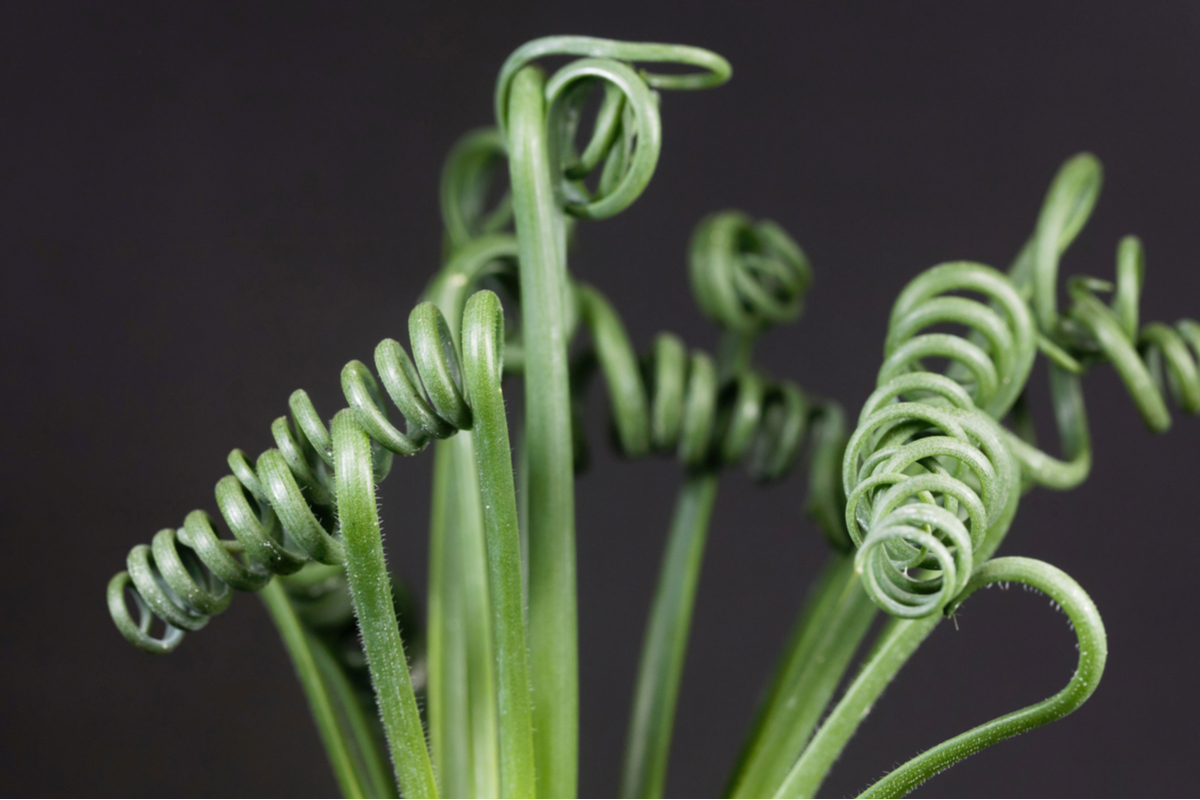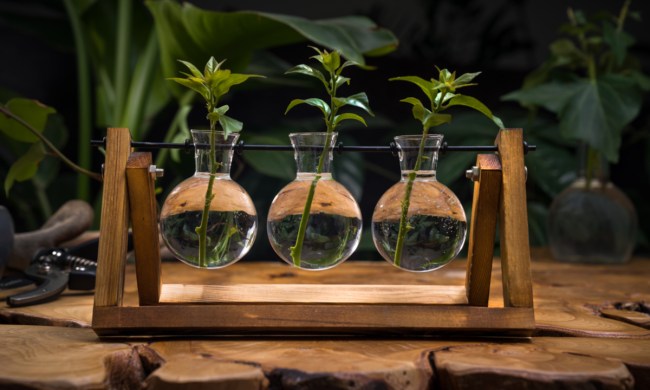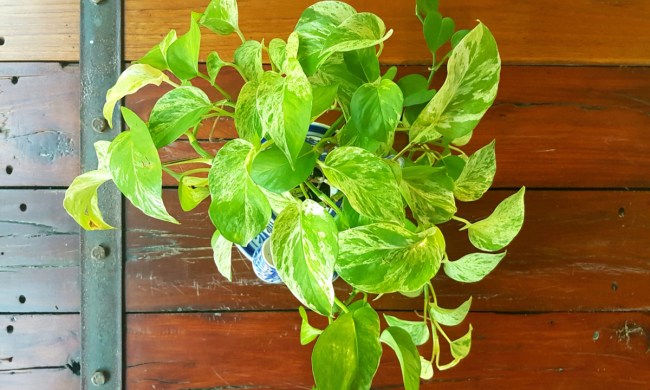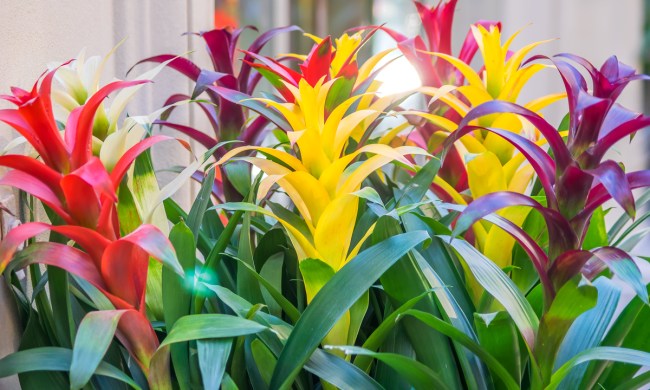Houseplants are a great way to bring a little bit of nature into your home. They can help improve your mood and, sometimes, your air quality. If you’re looking for a new addition to your home, but want something a little more exotic, you’ve come to the right place! Here’s everything you need to know about growing exotic houseplants and a few recommendations for which ones to start with.
What to be aware of when growing exotic plants
The first, and arguably most important, thing to know is that exotic just means that it originates from somewhere else. Depending on where you live, different plants will be exotic for you and for your environment. A lot of very common houseplants, some of which you may already have, are actually exotic by definition! Spider plants, peace lilies, and aloe are all actually exotic. We just don’t think of them as such because we think of exotic as meaning rare, exciting, and unfamiliar, while those examples are all common and normal.
As with all plants, it’s important to know what your exotic houseplant needs. It may be native to a place that is very different from where you live, and will therefore need special attention or consideration to keep it happy and healthy. Don’t make assumptions about what your plant needs! Exotic doesn’t just mean tropical, and not all exotic plants need the same things.
Exotic plants are often better suited for houseplants for a couple of reasons. The first is that it might be incompatible with your home climate or soil. The second is that, if it is compatible, it could escape your garden and become invasive.

Corkscrew albuca
Like the name suggests, the corkscrew albuca plant is very curly. It corkscrews and spirals up, and can grow up to a couple feet. Once a year, in late winter or early spring, it grows a flower spike that blooms in little green and yellow flowers. This plant is a native of South Africa and is fairly drought tolerant.
Care tips: Make sure you plant it in loose, sandy soil, not thick, earthy soil. Earthy soil will hold too much water and possibly constrict the roots. When you first plant it, water it well, but afterward you can let it dry out.
They need a decent amount of sun, especially if you want them to bloom. However, they don’t do well in the cold. If you have very cold winters, you may need to get a grow light and move them away from potentially drafty windows.
Croton
Crotons are large, beautiful plants that will add color to any house. Their leaves can be a mix of different shades of green, yellow, and pink. They’re beautiful but also mildly dangerous. They’re poisonous, and when they’re cut or broken they produce a sap that is a skin irritant.
Care tips: Crotons can become very tall, so be sure their container won’t tip over. Place it somewhere sunny. They can tolerate some amount of shade, but they lose all their brilliant colors without sunlight. Crotons also like to be consistently moist but not soggy. You can, and should, let them dry between waterings, and use a potting mix that is well draining.
Purple passion plant
Purple passion plant is an interesting and uncommon plant, excellent for hanging baskets. The leaves are green but are covered in purple hairs. When the leaves are young, the hairs are close together and the color is intense, but as they grow the hairs are spread apart. This creates an interesting, shifting pattern, as parts of the plant are vivid purple while others are not –and sometimes the pattern will change depending on your angle.
Care tips: Purple passion plants are susceptible to root rot, so make sure not to overwater them. Planting them in well-draining soil will help. When watering, be sure to add water below the leaves to avoid leaf rot. They love bright, indirect light, which also helps their color brighten and stand out. Direct light, though, isn’t good for them and could burn the leaves if you aren’t careful.

These plants do bloom, and the flowers are beautiful and orange. However, they smell really bad. Most gardeners cut the blooms off before they open to avoid the smell.
Now you know the basics about exotic plants and the three best plants to start with! If you’re interested in any of the exotic houseplants listed above—or exotic houseplants in general—but don’t know where to source them, we have you covered! Check out these five shops that are sure to have what you’re looking for.
These beautiful and unique plants will be sure to brighten your home and add some visual interest.




